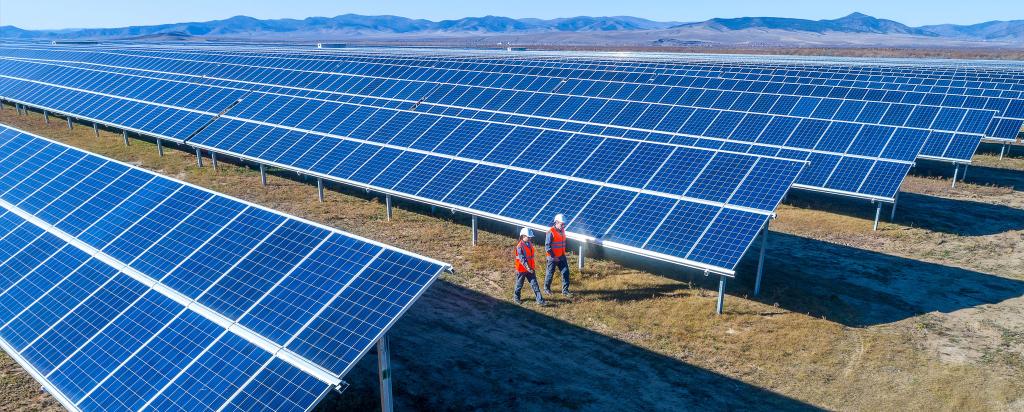
Education Resources
Showing 51 - 60 of 62 learning resources…
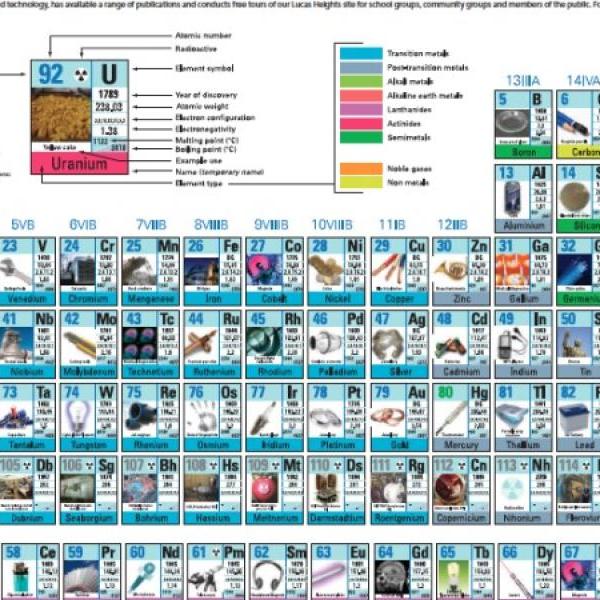
Year 7-8 Atoms, Elements and the Periodic Table Tour
Designed to address the new 2026 NSW Science Stage 4 (Year 7-8) syllabus, this tour is a hands-on introduction to atomic structure, the properties and classification of some elements, and the structure of the periodic table. Students will do a series of hands-on activities using the workbook below.
All tours are available Monday to Friday for Years 7 to 12 classes.
The cost per student is $12.50 and teachers are free.
Teachers are requested to print enough copies of the relevant workbook for their class before their visit to ANSTO, as students will not be permitted to bring digital devices on-site.
Tour outlineTour workbookRequest a tour
Year 12 Physics Online Learning
Participate in live radiation demonstrations, cover syllabus content and visit ANSTO virtually during our online depth study classes for Year 12 Physics.
- Participate in live demonstrations to review the properties of alpha, beta and gamma radiation.
- Learn about radioactive decay, half-life and methods of detecting radiation, including with a cloud chamber.
- Define and understand applications of fission, fusion, binding energy and mass defect, and investigate the structure and function of the OPAL multipurpose reactor.
- Investigate the role and operation of particle accelerators at ANSTO.
Cost: $90 per class.
Videoconference workbookVideoconference outline (NSW syllabus)Videoconference outline (Australian curriculum)Request a videoconference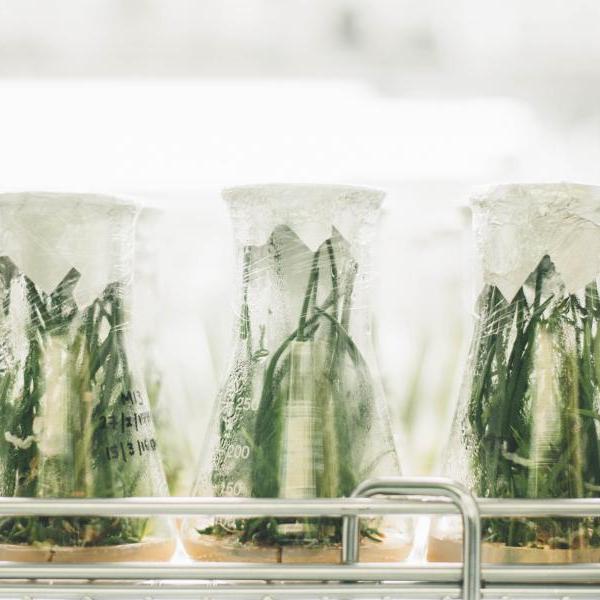
Year 12 Earth and Environmental Science Tour
Our Year 12 Earth and Environmental Science tour covers specific Knowledge and Understanding content from Module 5: Earth Processes, Module 6: Hazards, and Module 7: Climate Science.
All tours are available Monday to Friday for Years 7 to 12 classes.
The cost per student is $12.50 and teachers are free.
Teachers are requested to print enough copies of the relevant workbook for their class before their visit to ANSTO, as students will not be permitted to bring digital devices on-site.
Tour outlineTour workbookRequest a tour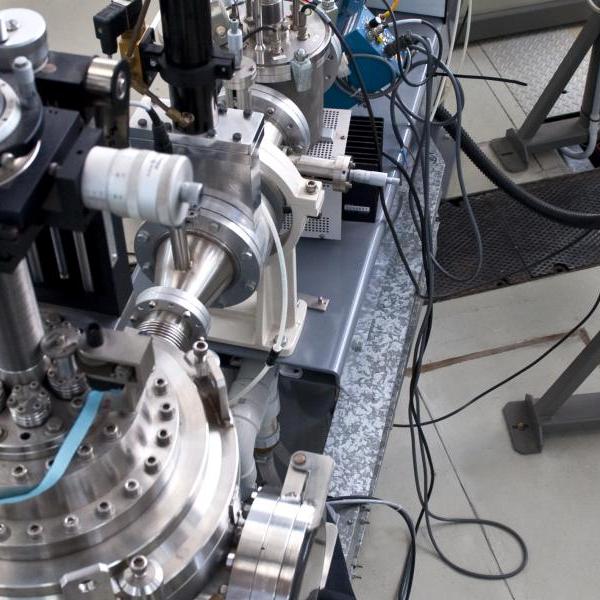
Year 12 Physics Tour
Our Year 12 Physics tour and depth study guide can be used as the starting point for a depth study about nuclear science, covering nuclear-related components of Module 8: From the Universe to the Atom.
All tours are available Monday to Friday for Years 7 to 12 classes.
The cost per student is $12.50 and teachers are free.
Teachers are requested to print enough copies of the relevant workbook for their class before their visit to ANSTO, as students will not be permitted to bring digital devices on-site.
Tour outlineTour workbookDepth study guideRequest a tour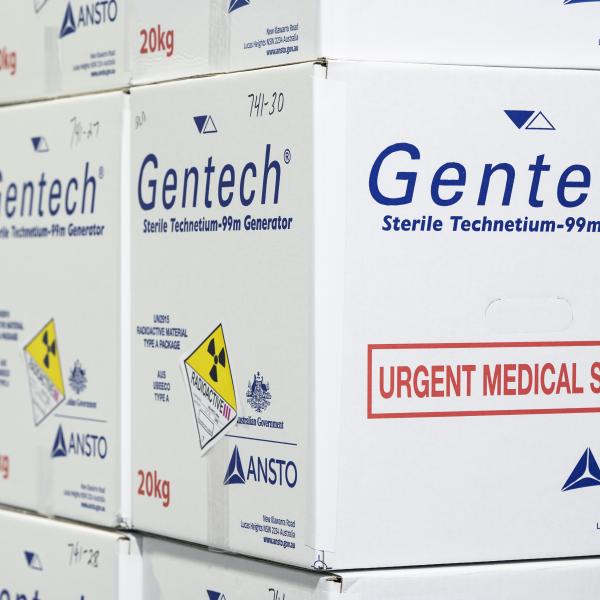
Year 11 Chemistry Online Learning
Participate in live radiation demonstrations, cover syllabus content and visit ANSTO virtually during our online depth study classes for Year 11 Chemistry.
- Investigate properties of different radioisotopes and learn about their uses in medicine, industry and environmental research.
- Consider the scientific method and gather data during a live radiation experiment.
- See some of Australia's largest scientific infrastructure, including the OPAL multipurpose reactor.
Cost: $90 per class.
Videoconference workbookVideoconference outlineRequest a videoconference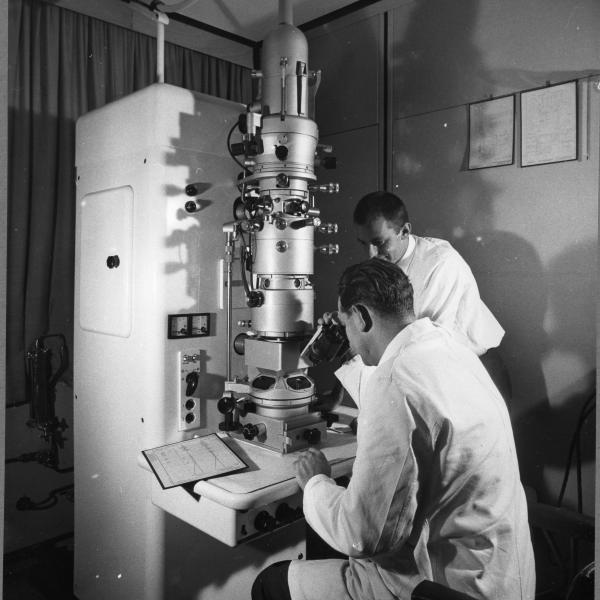
Year 12 Investigating Science Online Learning
Participate in live radiation demonstrations, cover syllabus content and visit ANSTO virtually during our online depth study classes for Year 12 Investigating Science.
- Participate in live demonstrations of the properties of radiation, shielding and technologies used to detect radiation.
- Learn about the OPAL multipurpose reactor, the use of nuclear medicine and their impact on society.
- Discuss the public perception of nuclear science and the regulation of scientific research.
Cost: $90 per class.
Videoconference workbookVideoconference outlineRequest a videoconference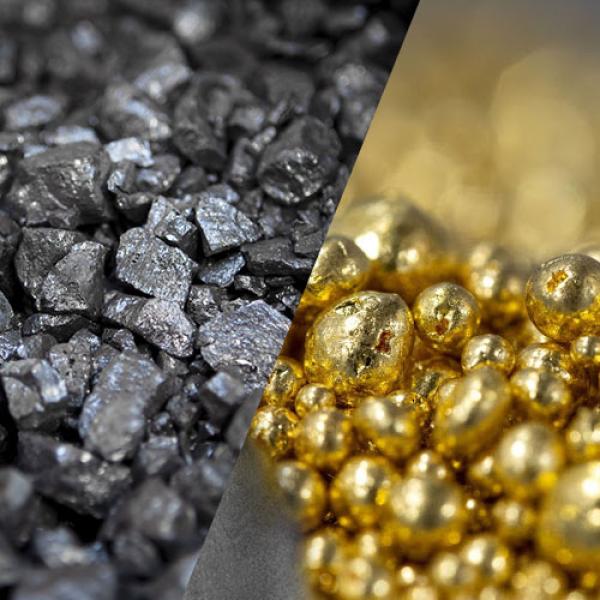
Year 7-8 In Their Elements Online Learning
Bring the periodic table to life in this interactive videoconference lesson.
Students see real samples of common elements, learn about their history, properties and uses, and find out how the periodic table was developed during the 19th century.
Students review atomic structure, elements and the organisation of today's periodic table, before applying their knowledge and skills in a fun periodic table game.
Cost: $90 per class.
Videoconference workbookVideoconference outlineRequest a videoconference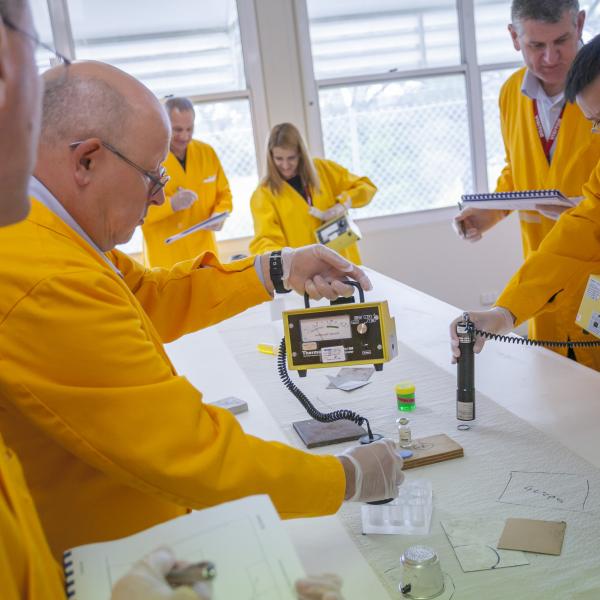
Year 9-10 Radioactivity and its Applications Online Learning
Students investigate the production of nuclear medicines in the OPAL multipurpose reactor, the use of nuclear medicines to diagnose and treat disease, and the science behind working safely with radiation.
This program is designed to address content and skill outcomes in the Year 9 and Year 10 Science Australian Curriculum and NSW syllabuses.
Cost: $90 per class.
Videoconference workbookVideoconference outlineRequest a videoconference
Investigating Ozone
Ozone in the upper atmosphere is a crucial shield of UV, but ozone at surface levels is a respiratory irritant and health hazard.
Students investigate surface-level ozone concentrations in the air around Liverpool, NSW, using descriptive statistical analysis, a univariate analysis and a bivariate analysis to explore the data. Students also investigate the relationship between ozone concentration and certain pollutant gases, as well as the effect of temperature, leading to evidence-based decisions about the future of surface-level ozone pollution in our cities.
Student workbookData file (excel spreadsheet)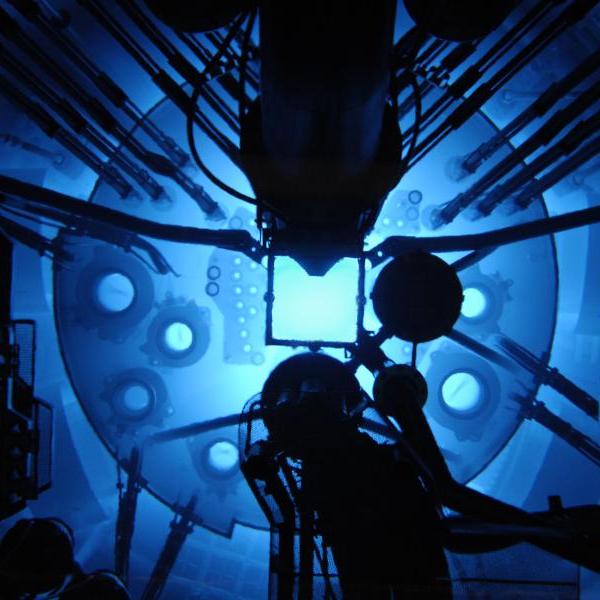
Year 3 to 6: Science at Work! Tour
The ANSTO primary tour experience has been enjoyed by thousands of students.
Visit world-class science facilities and learn about the important role of scientists in society and the different environments they work in.
Students participate in a fun and engaging "Colour and Light Show" and discuss their science interests with our experienced education team.